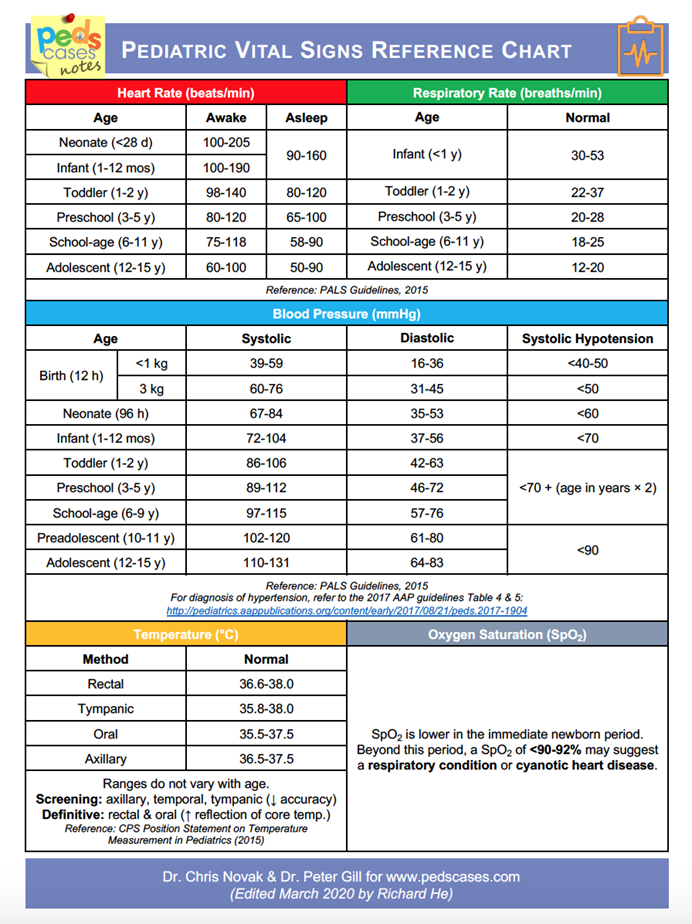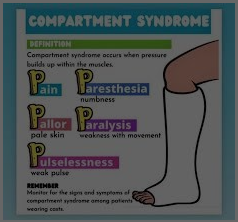A nurse is reinforcing teaching about preventing disease transmission with the parents of a child who has a streptococcal infection. Which of the following instructions should the nurse include?
"I'll give him acetaminophen for the pain."
"I'll discard his toothbrush and buy another."
"I'll continue to encourage him to drink lots of fluids."
"I'll take his temperature every 4 hours."
The Correct Answer is B
A. "I'll give him acetaminophen for the pain.": Acetaminophen is used for pain relief and fever reduction but does not address disease transmission. It does not prevent the spread of the streptococcal infection.
B. "I'll discard his toothbrush and buy another.": This is crucial because the streptococcal bacteria can remain on the toothbrush, leading to potential reinfection or spreading the bacteria to others. Replacing the toothbrush after starting antibiotics helps to reduce the risk of reinfection.
C. "I'll continue to encourage him to drink lots of fluids.": Staying hydrated is important for recovery, but it does not prevent the transmission of the infection.
D. "I'll take his temperature every 4 hours.": Monitoring temperature helps track the child’s condition but does not prevent the spread of the infection.
Nursing Test Bank
Naxlex Comprehensive Predictor Exams
Related Questions
Correct Answer is A
Explanation
A. Heart rate 110/min: A heart rate of 110 beats per minute is within the normal range for a 4-year-old child. The typical heart rate for this age is between 80 to 120 beats per minute.
B. Capillary refill greater than 3 seconds: Capillary refill time should be less than 2 seconds in a healthy child. A refill time greater than 3 seconds may indicate poor perfusion or dehydration, which is abnormal.
C. Weight gain of 0.9 kg (2 lb) in a year: A weight gain of 2 pounds in a year is below the expected range for a 4-year-old. Children in this age group typically gain around 4-5 pounds per year as they grow.
D. Respiratory rate 32/min: The normal respiratory rate for a 4-year-old child is typically between 20 to 30 breaths per minute. A rate of 32/min is slightly elevated and may indicate respiratory distress or other issues.

Correct Answer is B
Explanation
A. Capillary refill less than 2 seconds: A capillary refill time of less than 2 seconds indicates good peripheral circulation, which is normal and not a cause for concern in this context. It is not the priority.
B. Tingling in the right foot Rationale: Tingling (paraesthesia) can be a sign of nerve damage or compromised circulation, which may indicate complications such as compartment syndrome. This is a priority finding because it can lead to severe consequences if not addressed promptly.
C. 2+ right pedal pulse Rationale: A 2+ pedal pulse indicates a normal pulse strength, which suggests that there is adequate blood flow to the extremity. It is not a priority compared to the potential for neurological or circulatory compromise.
D. Respiratory rate 24/min Rationale: A respiratory rate of 24/min is within the normal range for a school-age child (18-30 breaths per minute). While it is important to monitor vital signs, it is not a priority concern related to the fracture.

Whether you are a student looking to ace your exams or a practicing nurse seeking to enhance your expertise , our nursing education contents will empower you with the confidence and competence to make a difference in the lives of patients and become a respected leader in the healthcare field.
Visit Naxlex, invest in your future and unlock endless possibilities with our unparalleled nursing education contents today
Report Wrong Answer on the Current Question
Do you disagree with the answer? If yes, what is your expected answer? Explain.
Kindly be descriptive with the issue you are facing.
